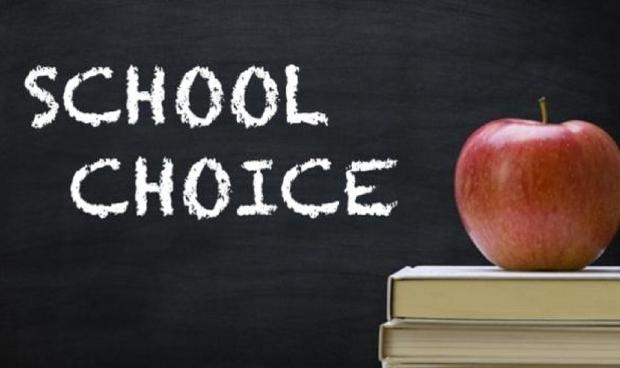
Breaking News
6.5x55 Swedish vs. 6.5 Creedmoor: The New 6.5mm Hotness
Best 7mm PRC Ammo: Hunting and Long-Distance Target Shooting
 Christmas Truce of 1914, World War I - For Sharing, For Peace
Christmas Truce of 1914, World War I - For Sharing, For Peace
Top Tech News
 EngineAI T800: Born to Disrupt! #EngineAI #robotics #newtechnology #newproduct
EngineAI T800: Born to Disrupt! #EngineAI #robotics #newtechnology #newproduct
 This Silicon Anode Breakthrough Could Mark A Turning Point For EV Batteries [Update]
This Silicon Anode Breakthrough Could Mark A Turning Point For EV Batteries [Update]
 Travel gadget promises to dry and iron your clothes – totally hands-free
Travel gadget promises to dry and iron your clothes – totally hands-free
 Perfect Aircrete, Kitchen Ingredients.
Perfect Aircrete, Kitchen Ingredients.
 Futuristic pixel-raising display lets you feel what's onscreen
Futuristic pixel-raising display lets you feel what's onscreen
 Cutting-Edge Facility Generates Pure Water and Hydrogen Fuel from Seawater for Mere Pennies
Cutting-Edge Facility Generates Pure Water and Hydrogen Fuel from Seawater for Mere Pennies
 This tiny dev board is packed with features for ambitious makers
This tiny dev board is packed with features for ambitious makers
 Scientists Discover Gel to Regrow Tooth Enamel
Scientists Discover Gel to Regrow Tooth Enamel
 Vitamin C and Dandelion Root Killing Cancer Cells -- as Former CDC Director Calls for COVID-19...
Vitamin C and Dandelion Root Killing Cancer Cells -- as Former CDC Director Calls for COVID-19...
 Galactic Brain: US firm plans space-based data centers, power grid to challenge China
Galactic Brain: US firm plans space-based data centers, power grid to challenge China
Study Finds School Choice Closes Low-Income Student Performance Gap

The findings of the Progressive Policy Institute's (PPI's) October report underscore the positive impact of public charter schools in driving academic improvements across entire school districts, not just for students attending charter schools.
According to the report, the achievement gap between low-income students and their counterparts in Camden, New Jersey, which had 68 percent of students enrolled in charter schools by 2023, was reduced by 42 percent between the 2010–2011 and 2022–2023 school years.
From 2011 to 2023, the proportion of students attending charter schools in Camden increased, resulting in an increase of more than 20 percent in low-income pupil performance.
The report discovered that the gap in Washington closed by 38 percent during the same period, with 45 percent of pupils enrolled in charter schools.
In Indianapolis, the gap narrowed by 23 percent, with 58 percent of pupils attending charter schools.
The report indicates that nonwhite students are among the most significant beneficiaries of school choice, accounting for 70 percent of charter school pupils in the cities surveyed, despite only making up approximately half of the district.
Charter schools are publicly funded, tuition-free, and accessible to all students.
However, they differ from traditional public schools in their operational flexibility and governance.
Charter schools are subject to the same federal laws regarding nondiscrimination and admission, but they have a greater degree of autonomy over their curriculum, personnel, and scheduling.
Because of the increased self-governance, charter schools can customize and innovate their educational programs to accommodate the unique requirements of their student bodies.
The report emphasizes the substantial increases in academic performance observed in cities with a significant number of charter schools, particularly among low-income students.

 The State's Last Stand
The State's Last Stand


